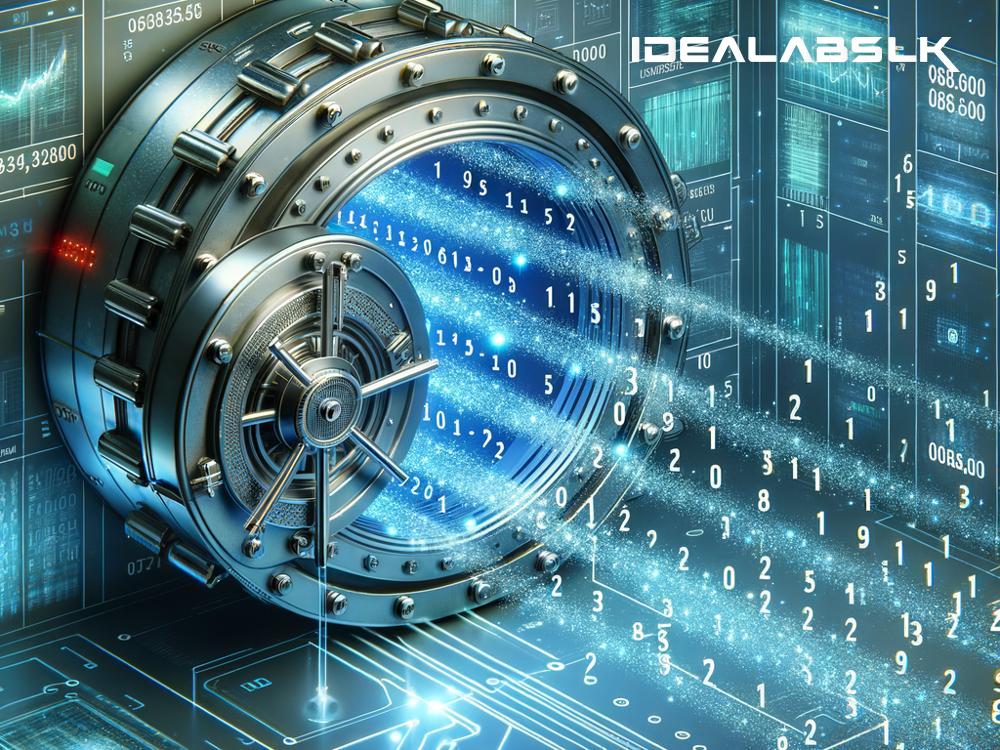How Data Tokenization Works in Financial Security: A Simple Explanation
In an era when digital footsteps are expanding at an unprecedented rate, the urgent need for robust financial security has become more apparent than ever. One of the key players in this arena is data tokenization. But what is it, and how does it work in ensuring our financial data is protected? Let’s break it down into simpler terms.
What Is Data Tokenization?
Imagine you are playing a game of hide and seek with your financial information where your critical data, like credit card numbers, is hidden so well that even if someone were to cheat, they couldn't find it. Data tokenization does something quite similar by replacing sensitive data with unique identification symbols (called tokens) that retain all the essential information about the data without compromising its security.
How Does It Work?
The process might sound complex, but at its core, it’s like giving your valuable data a disguise. When you make an online purchase or conduct any transaction where your financial data is required, tokenization steps in. Here’s a simple step-by-step on what happens:
-
Substitution: When you input your payment information, instead of transmitting your actual credit card number, the tokenization system swaps it out with a token. This token is a random string of characters that replaces your real data.
-
Storage: Your real data isn't floating around on the internet but safely stored in a secure, digital vault. Only the token remains out in the wild.
-
Transaction Processing: With the token, the transaction proceeds almost as usual. The merchant services send the token to the payment processor, which then detangles the complicated web. It maps the token back to your original credit card number, processes the transaction, and sends the token back again.
-
Completion: The sale goes through without your sensitive data ever having been exposed to potential thieves lurking in the digital shadows.
The Advantages of Tokenization in Financial Security
So, why is tokenization heralded as a vault door for financial data? Here are a few reasons:
-
Enhanced Security: Since tokenization replaces sensitive data with non-sensitive equivalents, hackers can’t do much with the information even if they manage to get their hands on it. All they would find is a token, which is useless outside its specific transactional context.
-
Reduced Compliance Costs: By minimizing the amount of sensitive data stored, businesses can lower the scope and cost associated with compliance (like PCI-DSS) for handling credit card information.
-
Seamless Customer Experience: Tokenization is mostly invisible to the end user. Transactions occur smoothly without additional steps, yet with an added layer of security.
-
Versatility: It’s not just for credit card numbers. Tokenization can protect all kinds of sensitive information, from bank account numbers to medical records and even personal identification numbers.
Common Misconceptions and Clarity
Even though tokenization sounds like the superhero of financial security, there are some misconceptions worth clarifying:
-
Tokenization vs. Encryption: While they both aim to protect sensitive data, encryption is about converting data into a coded format that can be decoded with the right key. Tokenization, on the other hand, replaces data with a token that doesn’t have a mathematically reversible pathway. Both have their place in security strategies.
-
It’s Not a Standalone Solution: Though powerful, tokenization is most effective when used in combination with other security measures like encryption, multi-factor authentication, and regular security audits.
-
It Doesn’t Solve All Privacy Issues: While tokenization greatly enhances security, businesses still need to manage how they handle and store tokens to ensure they don’t become a weak link.
The Future of Financial Security with Tokenization
As digital financial transactions continue to grow, so does the importance of technologies like tokenization. It’s becoming a cornerstone of strategies aimed at safeguarding sensitive data in various industries, not just finance. Given its blend of robust security with a seamless user experience, tokenization is poised to play a critical role in the future of keeping our digital lives safe.
Conclusion
In essence, data tokenization provides a non-intrusive yet powerful shield against the threats lurking in the digital age. By understanding how it works and integrating it into the broader matrix of financial security measures, we can bank, shop, and navigate the digital world with greater peace of mind. Just like in our game of hide and seek, tokenization ensures our financial data is hidden so well that even the most determined data thieves are left grasping at straws.

